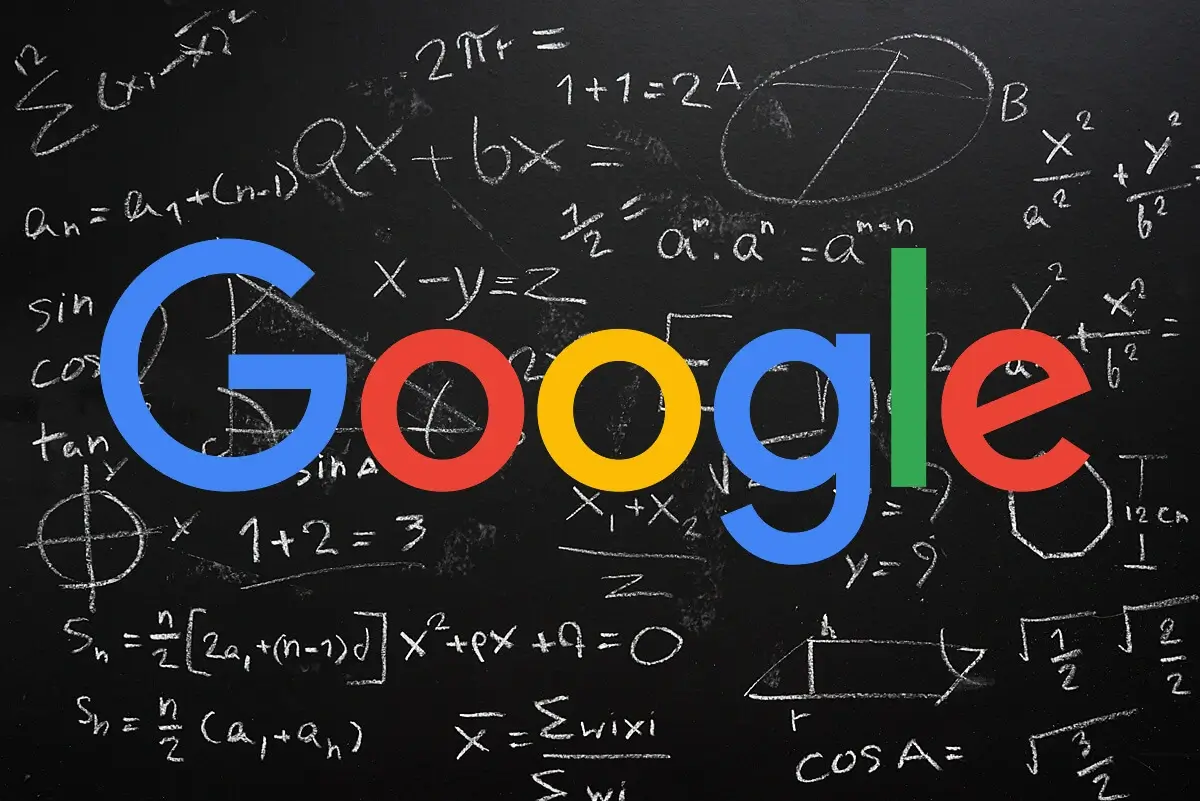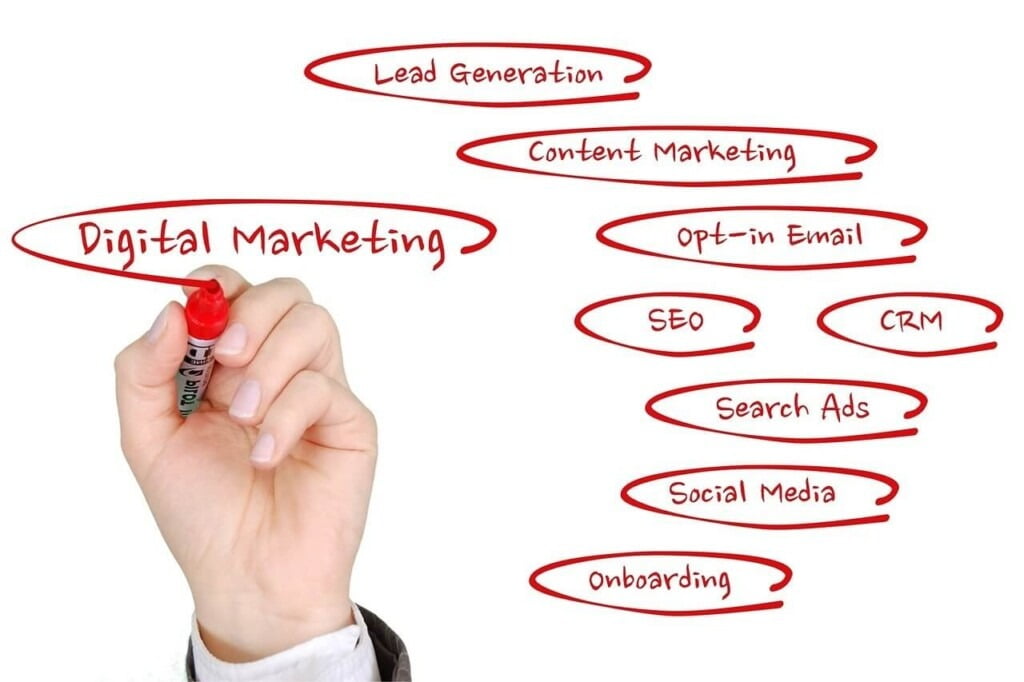
In the digital age, reaching the target audience and growing brand presence is vital. With over 90% of Australians using the Internet for product/service searches, online advertising is essential Among the various digital marketing tools available, Google Ads stands out as a game-changer. This article explores the benefits of Google Ads for businesses in Australia and provides real-life examples to showcase its effectiveness.
Enhanced Visibility and Reach
Google Ads enables businesses to place their ads in front of the right audience at the right time. Moreover, one of the primary advantages of using Google Ads is the unparalleled visibility it offers. As Google remains the dominant search engine in Australia, businesses can leverage its extensive reach to connect with a wide range of potential customers.
Google Ads ensures that your ads appear on relevant search results pages and across millions of websites within the Google Display Network. By displaying targeted ads at the top of search engine results pages (SERPs), businesses can significantly increase their visibility and drive relevant traffic to their websites.
Example:
Consider a boutique fashion retailer based in Sydney looking to attract more customers. By utilising Google Ads, the retailer can create compelling ad campaigns targeting keywords such as “women’s fashion Sydney” or “trendy clothing Australia.” As a result, potential customers searching for these terms are more likely to find the retailer’s ads, driving qualified traffic to their online store.
Cost-Effective Advertising
Unlike traditional advertising methods, Google Ads operates on a pay-per-click (PPC) model, meaning businesses only pay when someone clicks on their ads. This approach offers a high level of cost control, allowing businesses to set their own budgets and bid amounts. As a result, businesses in Australia can optimise their advertising spend, ensuring they reach their target audience without exceeding their allocated budget.
Example:
Imagine you run a small e-commerce store selling organic skincare products in Melbourne. By utilising Google Ads, you can set a daily budget and bid for keywords relevant to your products. For instance, if you allocate $50 per day, and your average cost-per-click is $1, your ads will be displayed up to 50 times daily, targeting users interested in organic skincare. Consequently, if five users click on your ad and make a purchase, and your profit margin is $20 per sale, you’ve generated a positive return on investment (ROI) with a relatively modest budget.
Precise Targeting and Customisation
Google Ads offers robust targeting capabilities, enabling businesses to reach their desired audience with precision. Advertisers can define their target audience based on demographics, location, language, and even user interests. This level of granularity allows businesses to tailor their messaging and ensure it resonates with the right people at the right time.
Example:
Suppose you operate a fitness studio in Brisbane that specialises in high-intensity interval training (HIIT) workouts. With Google Ads, you can target individuals within a specific radius of your studio, such as within a 10-kilometer radius. You can further refine your targeting by selecting demographics such as age, gender, and fitness interests. By reaching the right audience with personalised ad content promoting the benefits of HIIT training, you can attract potential customers who are more likely to convert into paying members.
Measurable Results and Optimisation
Google Ads provides a wealth of performance data and analytics, empowering businesses to measure the effectiveness of their campaigns accurately. Furthermore, advertisers can track impressions, clicks, conversions, and various other metrics to gain insights into their campaign performance. Armed with this data, businesses can make data-driven decisions, optimise their campaigns, and allocate resources more efficiently.
Example:
Imagine owning a pet supply store in Gold Coast. Running a Google Ads campaign with a 20% pet food discount, you find 50 online sales and 30 in-store visits in a week. Armed with this data, evaluate the campaign’s success, calculate ROAS, and make informed decisions for future ads.
Increased Conversion Rates and ROI
Google Ads provides businesses with the opportunity to drive highly targeted traffic to their websites, increasing the chances of converting visitors into customers. By displaying ads to users who are actively searching for specific products or services, businesses can capture their attention at the moment of intent. Consequently, this targeted approach leads to higher conversion rates and a better return on investment.
Example:
Let’s say you run a plumbing business in Perth, and you create a Google Ads campaign targeting keywords like “emergency plumber Perth” or “blocked drain services.” When someone encounters a plumbing issue and searches for immediate assistance, your ads appear, highlighting your expertise and availability. By directing users to a well-designed landing page that offers quick solutions and an easy way to contact you, the likelihood of converting those leads into paying customers increases significantly.
Adaptability and Flexibility
Google Ads offers businesses the flexibility to adapt their campaigns to suit their changing needs. Whether it’s modifying ad copy, adjusting bidding strategies, or targeting different keywords, Google Ads allows businesses to stay agile and respond to market trends and shifts in customer behaviour. This adaptability ensures that businesses can continually optimise their campaigns for maximum results.
Example:
Gold Coast fashion retailer faces high demand for winter clothing. With Google Ads, they create new winter campaigns, targeting relevant keywords. Swift adaptation boosts sales during the seasonal trend.
Access to Valuable Insights
Google Ads provides businesses with valuable insights into their target audience’s behaviour and preferences. The platform offers detailed reports and analytics that showcase the performance of different ads, keywords, and campaigns. By analysing this data, businesses can gain a deeper understanding of their customers, refine their targeting strategies, and make data-backed decisions to improve their overall marketing efforts.
Example:
As a Sydney restaurant owner running multiple Google Ads campaigns, you discover that the “best brunch spots in Sydney” campaign performs significantly better in click-through and conversion rates. Utilise this insight to optimise the successful campaign, attract brunch enthusiasts, and drive foot traffic to your restaurant.
Improved Customer Engagement and Brand Awareness
Besides its other benefits, Google Ads boosts customer engagement and brand awareness in Australia. Resonating ads capture attention and leave a lasting impression. Remarketing reconnects with past visitors, fostering repeat engagement and keeping the brand top of mind.
Example:
Imagine a Melbourne tech startup with a unique productivity app, by leveraging the benefits of Google Ads. Create eye-catching display ads showcasing the app and strategically place them on the Google Display Network to reach users interested in productivity tools. These engaging ads propel your startup to tech world success, boosting brand awareness and driving app downloads.
Expanded Reach through Mobile Advertising
With the increase of mobile usage, mobile advertising is essential in digital marketing. Moreover, Google Ads enables precise mobile audience targeting, reaching users on the go and tapping into Australia’s vast mobile market potential.
Example:
For local food delivery in Brisbane, tap into the benefits of Google Ads. Create mobile-optimised ads targeting smartphone users, and include click-to-call or location extensions for easy contact and finding. By attracting users in need of immediate food delivery, you can drive conversions and foster customer loyalty.
Integration with Other Google Services
Google Ads integrates seamlessly with other Google services, forming a comprehensive digital marketing ecosystem in Australia. Combine Google Analytics, Tag Manager, and Search Console to gain insights, track effectively, and optimise strategies for better ROI.
Example:
Managing an online travel agency in Sydney, focused on adventure travel packages, the benefits of using Google Ads integrated with Google Analytics are significant. By tracking ad performance, including bookings and revenue, you gain insights into effective keywords, ad placements, and targeting. This optimises campaigns, allocates budgets efficiently, attracts adventure-seeking travelers, and leads to a higher ROI.
Continuous Innovation and Updates
Google Ads is continuously evolving, providing businesses with innovative features and updates to enhance their advertising capabilities. With ongoing advancements in machine learning and automation, businesses can leverage smart bidding, responsive search ads, and dynamic remarketing. Consequently, these tools optimise campaigns, leading to better results, and give businesses a competitive edge in the digital landscape.
Example:
Suppose you own an online bookstore in Adelaide and have been using Google Ads for your advertising campaigns. With Google’s continuous innovation, you can take advantage of smart bidding strategies, such as target ROAS (Return on Ad Spend) or maximise conversions, to optimise your ad spend and achieve your campaign goals more effectively. Additionally, responsive search ads offer dynamic and personalised copy adapting to various search queries, enhancing ad relevance and performance.
Wrap-up
Google Ads benefits Australian businesses with enhanced visibility, precise audience targeting, performance measurement, conversions, and brand awareness. Its cost-effectiveness, customisation, and integration with Google services make it a powerful tool for optimising digital marketing. Embracing Google Ads innovations drives growth and success.
FAQs
1. How can Google Ads help businesses in Australia increase their visibility? Google Ads enables businesses to place their ads in front of the right audience at the right time, leveraging the extensive reach of Google as the dominant search engine in Australia. By displaying targeted ads on relevant search results pages and across the Google Display Network, businesses can significantly increase their visibility and drive relevant traffic to their websites.
2. What are the cost advantages of using Google Ads for advertising? Unlike traditional advertising methods, Google Ads operates on a pay-per-click (PPC) model, where businesses only pay when someone clicks on their ads. This approach offers a high level of cost control, allowing businesses to set their own budgets and bid amounts, ensuring they reach their target audience without exceeding their allocated budget.
3. How does Google Ads enable precise targeting and customisation? Google Ads offers robust targeting capabilities, allowing businesses to define their target audience based on demographics, location, language, and user interests. This level of granularity enables businesses to tailor their messaging and ensure it resonates with the right people at the right time.
4. How can businesses measure the effectiveness of their Google Ads campaigns? Google Ads provides a wealth of performance data and analytics, allowing businesses to track impressions, clicks, conversions, and various other metrics. This data empowers businesses to make data-driven decisions, optimise their campaigns, and allocate resources more efficiently.
5. How does Google Ads contribute to increased conversion rates and ROI? Google Ads enables businesses to drive highly targeted traffic to their websites by displaying ads to users who are actively searching for specific products or services. This targeted approach captures the attention of potential customers at the moment of intent, leading to higher conversion rates and a better return on investment.
The post ( How Google Ads Benefit Businesses) appeared first on Visual Marketing Australia.
Source: Source link













